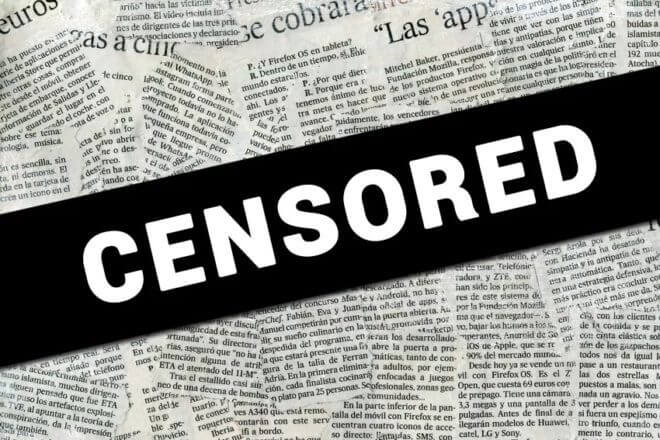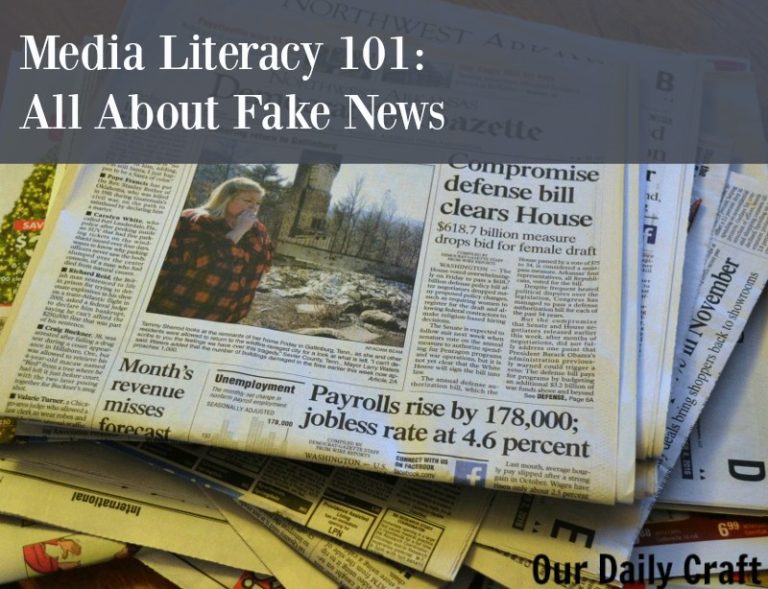

Big Tech Censorship: Fighting Back Against the Liberal Media? A Battle for Narrative Control
The digital landscape, once envisioned as a bastion of free speech, now finds itself embroiled in a fierce debate surrounding Big Tech censorship. Accusations of biased algorithms, shadow banning, and outright content removal fly frequently, particularly from those who feel their voices are being silenced by what they perceive as a liberal media bias dominating Silicon Valley. But is this a genuine fight for free speech, or a struggle for narrative dominance? Let’s delve into the complexities of this escalating conflict.
The Shifting Sands of Online Discourse:
The internet, initially conceived as a decentralized network promoting free information exchange, has evolved into a landscape largely controlled by a handful of powerful tech giants. These companies, wielding unprecedented influence over information dissemination, face constant scrutiny regarding their content moderation policies. Critics argue that these policies, often implemented through opaque algorithms and human review processes, disproportionately target conservative voices and viewpoints, effectively creating an echo chamber that reinforces pre-existing liberal biases.
This perception is fueled by numerous documented instances of content removal or de-platforming that seemingly contradict principles of free expression. While platforms often cite violations of terms of service as justification, many believe these policies are inconsistently applied and serve to suppress dissenting opinions. The argument isn’t necessarily about the right to spread misinformation or hate speech, but rather about the perceived imbalance in how these rules are enforced.
Beyond the Algorithm: The Human Element:
While algorithmic bias is a significant concern, the human element in content moderation plays a crucial role. The individuals tasked with reviewing content bring their own biases, consciously or unconsciously, influencing decision-making. The lack of transparency surrounding these processes only exacerbates the distrust. Furthermore, the pressure to conform to societal norms and avoid controversy can lead to self-censorship within these companies, further tilting the balance.
| Issue | Argument for Censorship | Argument Against Censorship |
|---|---|---|
| Misinformation | Prevents the spread of harmful falsehoods. | Stifles debate and limits access to diverse perspectives. |
| Hate Speech | Protects vulnerable groups from online harassment. | Overly broad definitions lead to censorship of legitimate views. |
| Political Polarization | Reduces the spread of divisive rhetoric. | Silences dissenting voices and exacerbates political divisions. |
Fighting Back: Strategies and Challenges:
The response to perceived Big Tech censorship has taken many forms. Individuals and groups are exploring various avenues to counter what they view as unfair practices:
-
Alternative Platforms: The rise of alternative social media platforms is a direct response to perceived censorship. These platforms often prioritize free speech, even if it comes at the cost of increased moderation challenges. However, their smaller user bases often limit their reach and impact.
-
Legal Challenges: Lawsuits alleging anti-competitive practices and discriminatory censorship are becoming increasingly common. The success of these legal battles remains to be seen, as navigating the complex legal landscape surrounding online content moderation proves challenging.
-
Increased Media Literacy: Promoting media literacy and critical thinking skills can empower users to discern credible information from misinformation, thus reducing the reliance on platforms to filter content.
-
Technological Solutions: Decentralized technologies like blockchain are being explored as potential solutions to create more resistant and censorship-resistant platforms. The practicality and scalability of these solutions, however, remain debatable.
The Future of Online Discourse:
The battle over Big Tech censorship is far from over. The tension between the need to protect users from harmful content and the desire to uphold free speech remains a central challenge. Finding a balance that respects both principles requires ongoing dialogue, transparency in content moderation policies, and a commitment to fostering a more inclusive and equitable digital environment. The future of online discourse hinges on addressing these complexities head-on, ensuring a space where diverse voices can be heard, while mitigating the risks associated with unchecked information dissemination. The quest for a truly free and open internet is a continuous journey, demanding constant vigilance and proactive engagement from all stakeholders.

Additional Information
Big Tech Censorship: A Deeper Dive into the “Liberal Media” Narrative and Counterarguments
The assertion of “Big Tech censorship” often frames the issue through a lens of partisan bias, alleging that technology companies are suppressing conservative or right-leaning voices in favor of a “liberal media” narrative. While the perception of bias is widespread among certain demographics, a nuanced analysis requires moving beyond simplistic accusations and examining the complexities of content moderation, algorithmic bias, and the evolving power dynamics of the digital ecosystem.
1. Defining “Liberal Media” and its Impact on the Narrative:
The term “liberal media” itself is highly contested and lacks a precise definition. It often conflates several distinct phenomena:
-
Actual political leaning of journalists and media outlets: While some news organizations lean left ideologically, others hold centrist or even right-leaning stances. Claims of universal liberal bias ignore this diversity. Quantifying this bias is difficult, often relying on subjective analyses of news coverage.
-
Algorithmic amplification of certain viewpoints: Social media algorithms, designed to maximize engagement, can inadvertently amplify certain viewpoints, regardless of their political affiliation. This “filter bubble” effect can create echo chambers, reinforcing existing beliefs and limiting exposure to diverse perspectives. However, this is not inherently a result of deliberate censorship by Big Tech, but rather a consequence of algorithmic design choices.
-
Selective enforcement of content moderation policies: This is arguably the most potent argument behind the “Big Tech censorship” narrative. Critics point to instances where seemingly similar content receives vastly different treatment based on the political affiliation of the poster. This suggests a potential for bias in the application of community standards, though often involves complex assessments of context, intent, and potential for harm.
2. Examples and Case Studies:
-
The Hunter Biden laptop story: The suppression of this story in the lead-up to the 2020 US Presidential election by various social media platforms is frequently cited as evidence of censorship. The justification given by platforms often centered on concerns about the veracity of the information and the potential for foreign disinformation. Critics, however, argue this amounted to political censorship. This case highlights the tension between protecting the integrity of information and the potential for silencing legitimate news stories.
-
De-platforming of Donald Trump: The suspension of Donald Trump’s accounts on Twitter, Facebook, and YouTube following the January 6th Capitol riot is another highly debated example. While platforms argued this was necessary to prevent incitement to violence, critics viewed it as an attempt to silence a powerful political figure. This raises crucial questions regarding the limits of free speech online and the responsibility of platforms in managing political discourse.
-
Shadow banning and algorithmic suppression: This involves subtly reducing the visibility of certain accounts or content without explicitly banning them. It is difficult to definitively prove, often requiring sophisticated analysis of algorithmic behavior. However, if demonstrated, it represents a less overt but potentially equally impactful form of censorship.
3. Counterarguments and Nuances:
-
Private companies, private rules: Big Tech companies argue they are private entities with the right to establish and enforce their own terms of service. They cite concerns about misinformation, hate speech, and incitement to violence as justifications for content moderation.
-
Protecting platform integrity: The argument for censorship often stems from a desire to protect the integrity of their platforms and prevent them from becoming breeding grounds for harmful content. This is a legitimate concern, impacting user experience and potentially contributing to real-world harm.
-
The challenge of content moderation at scale: Moderating billions of posts and comments daily is a Herculean task. Automated systems are prone to errors, and human moderators face immense pressure, potentially leading to inconsistencies and biases in their decisions.
4. Conclusion:
The debate surrounding Big Tech censorship is highly complex and multifaceted. While the narrative of a “liberal media” suppressing conservative voices is compelling to some, it requires careful scrutiny. A deeper analysis reveals a web of intersecting factors including algorithmic bias, inconsistent enforcement of content moderation policies, and the inherent difficulties of managing free speech in a digital environment. Moving forward, a more nuanced understanding of these complexities is crucial to fostering constructive dialogue and developing effective solutions that balance the need for free expression with the prevention of harm. Further research involving independent audits of content moderation practices, transparency in algorithmic decision-making, and more robust regulatory frameworks are vital to addressing the perceived and real biases within the digital public sphere.







